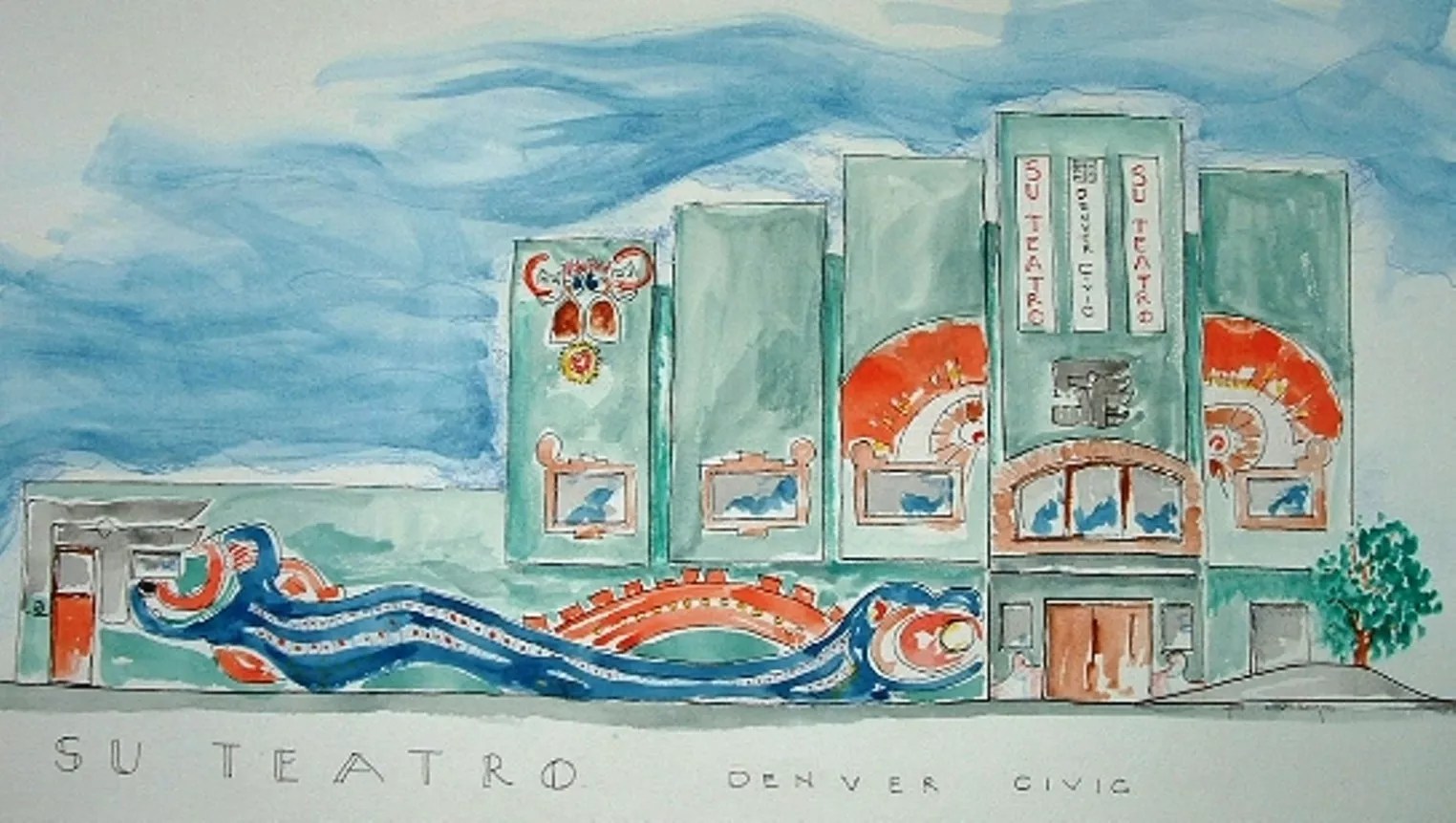
Art by Phil Luna, courtesy of Su Teatro

Audio By Carbonatix
The Denver arts scene flourished in 2023, as seasoned cultural institutions won well-earned accolades and a swell of blockbuster art shows filled venues big and small. The city welcomed a new mural festival thanks to the determination of a Mile High artist who wouldn’t give up, and the DIY scene finally has a Rhinoceropolis 2.0. Of course, not all the news was positive – and not just because a reality show was filming here. Still, creativity in Colorado once again showed it could make it through the tough times.
Here are the state’s ten biggest culture stories from this past year:
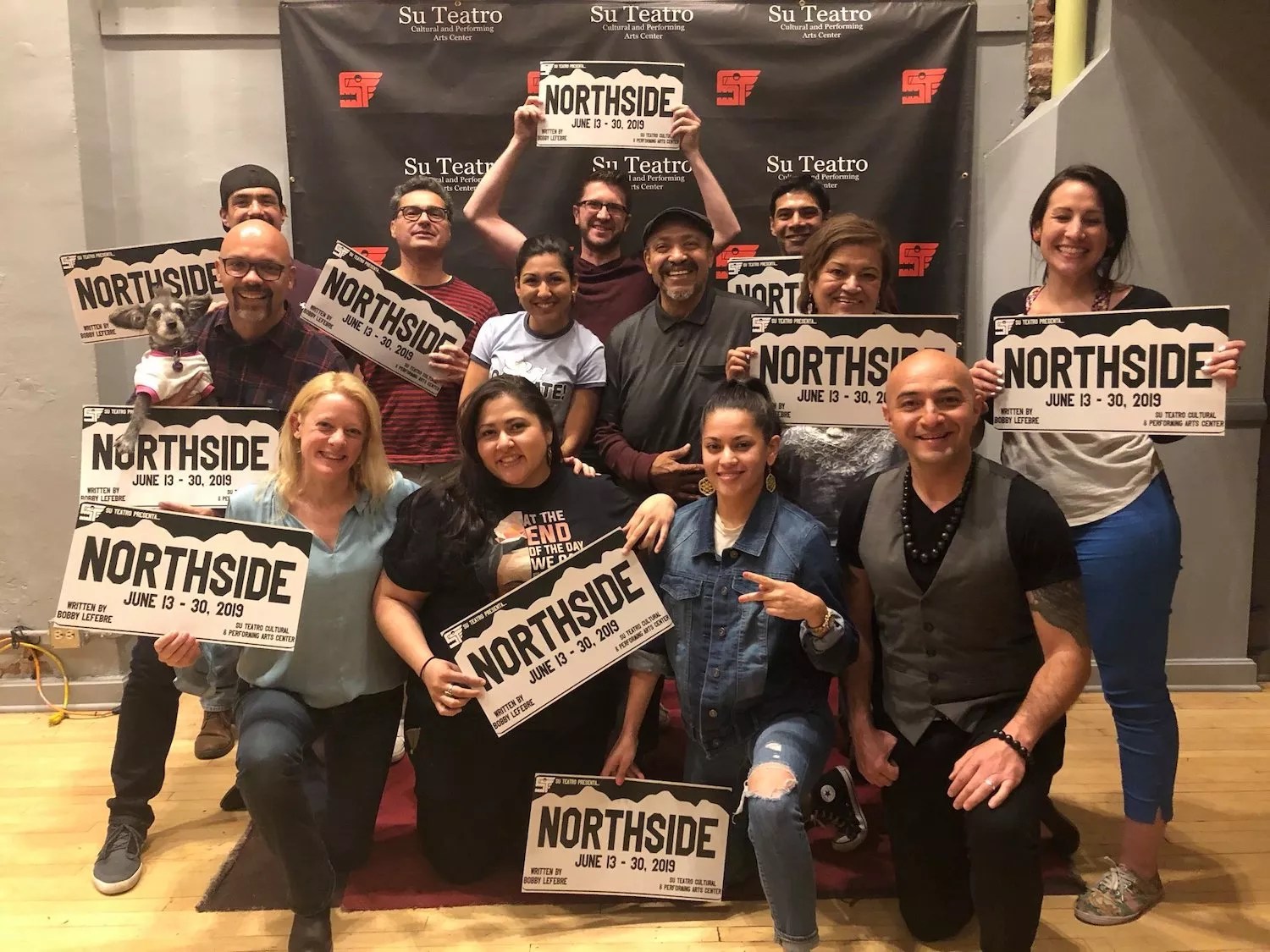
Bobby LeFebre and the cast and crew of Northside plug their show at Su Teatro in 2019.
Armando Geneyro
Su Teatro Has a Permanent Home
Su Teatro Cultural & Performing Arts Center not only got to celebrate its fiftieth anniversary this year, but the historic Chicano theater troupe was able to burn its mortgage. It’s come a long way: Founder Tony Garcia remembers when he began Su Teatro as a guerrilla theater that performed its actos on Denver’s west side around Auraria back in 1972, before building its first indoor stage in the old Elyria School in 1989. The company stayed there until 2010, when it moved to the Civic Theatre at 721 Santa Fe Drive, which is now its permanent home: Su Teatro signed over its final payment on the building in January. It was the perfect way to begin the year, which saw the company conclude its fiftieth season in June with a performance of La Carpa Aztlán Presents: I Don’t Speak English Only, a production Su Teatro created in 1993. Here’s to fifty more years!

The building on Santa Fe Drive is only big enough for a gallery, so CHAC will keep offices and a small space in Lakewood.
Bennito L. Kelty
CHAC Returns to Santa Fe Drive
The Chicano Humanities and Arts Council was also able to breathe a sigh of relief this year. After being priced out of its home at 772-744 Santa Fe Drive in 2018, the nonprofit moved to the 40 West Arts District in Lakewood. But CHAC was able to return to its roots in the Art District on Santa Fe when Kyle Schneider, son of the late artist Katherine Payge, donated the gallery building his mother had owned at 834 Santa Fe to the organization. When Chicano artists first formed CHAC in 1978, they worked out of a church basement in north Denver before moving to 725 Santa Fe Drive (now Su Teatro’s parking lot) in 1986. CHAC moved to three other locations in the ’90s before finding its way back to the street again. Santa Fe Drive is “where we belong,” says executive director Brenda Gurule. “We feel like in a way we’re going back home.”

From Breakthroughs: Eileen Roscina, “All that Digging,” 2022. 16mm, video (color), VHS family archives. 9:16 minutes.
Courtesy Eileen Roscina
RedLine’s Fifteenth-Anniversary Blowout
RedLine Contemporary Art Center is a beacon for the city’s arts-focused nonprofits, championing Denver artists through residencies, art shows and community-oriented classes and workshops. And those Denver artists often go far: Witness Thomas Evans (aka Detour), who painted not only official murals at Empower Field, but some viral Denver Nuggets murals and activist portraits throughout the city, and Anthony Garcia, who co-founded the nonprofit Birdseed Collective. The Museum of Contemporary Art took note and mounted the exhibition Breakthroughs: A Celebration of RedLine at 15. It’s not often that you see such an institution celebrate locals over touring shows, but the MCA proved its commitment to the Denver art scene, showing that this is what it, and RedLine itself, is all about.

Tattered Cover’s store in McGregor Square closed in October.
Teague Bohlen
Tattered Cover Files for Bankruptcy
Denver’s most famous bookstore is entering a new chapter. Tattered Cover, which was sold to Bended Page in 2020, has had quite the year. Former CEO Kwame Spearman resigned early in 2022 after announcing his Denver Public Schools board run (he’d also run for mayor). He was replaced by Brad Dempsey, who tackled a tough balance sheet: From January 1 to the end of August, the bookstore had lost $667,882 on revenues of $6.2 million. With Dempsey in the lead, Tattered Cover filed for Chapter 11 in October and closed three stores – in McGregor Square, Westminster and Colorado Springs. But as the year neared the end, Tattered was making a comeback…and there are always more ways to save a beloved institution.
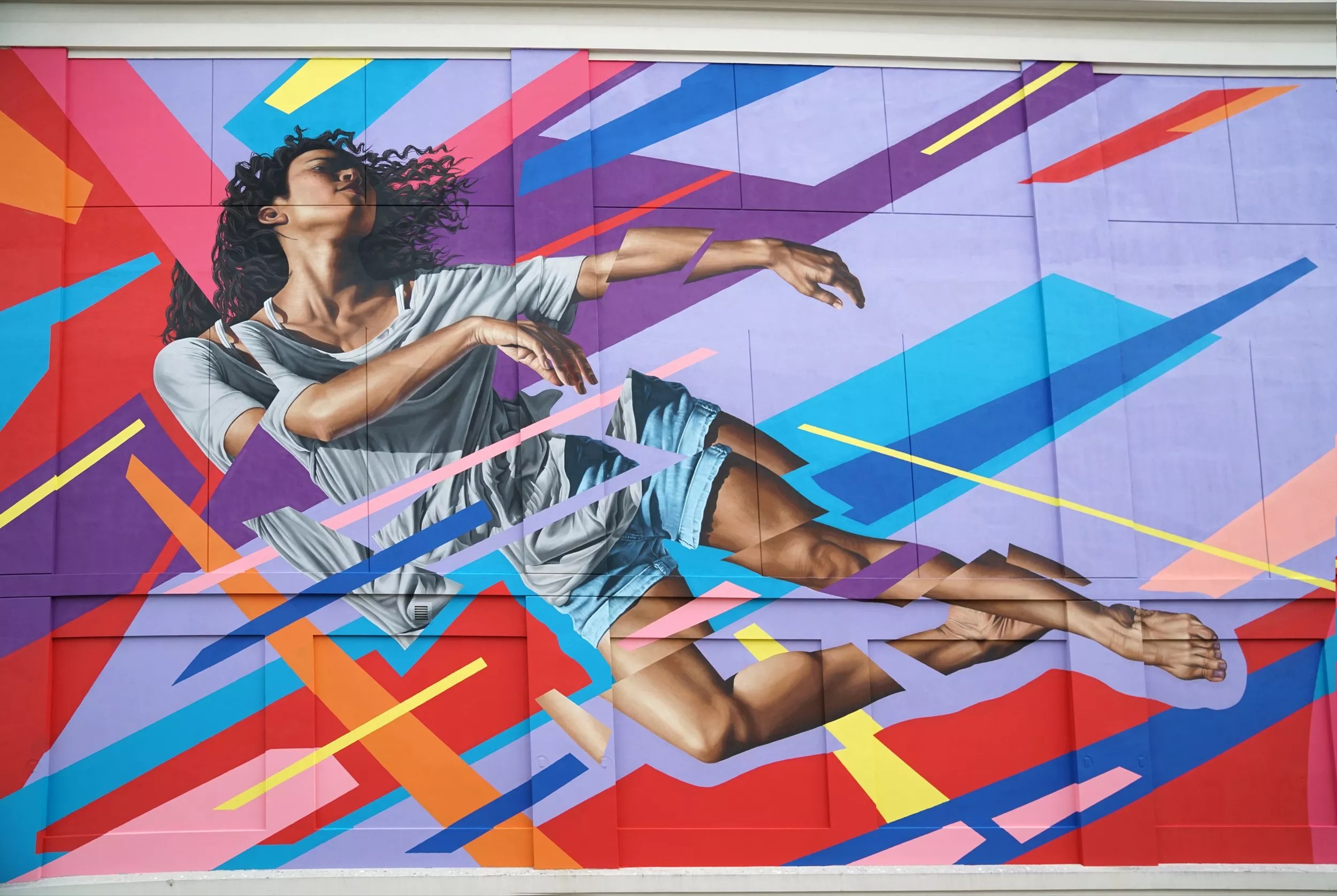
Berlin street artist James Bullough reached out to be a part of Denver Walls.
Courtesy Ally Grimm
RiNo Welcomed an International Mural Festival
Ally Grimm, known by her artist moniker A.L. Grime, moved to Denver because she was drawn to its street-art scene. So when she was painting at the D.C. Walls Festival, hosted by international mural group World Wide Walls, Grimm knew that the Mile High City would be the perfect place for another iteration of the Walls Festival, which also takes place in Seoul, Tokyo, Honolulu and fifteen other cities. While the original intent was to debut in September 2022, the new fest was delayed until it found an eager partner in the RiNo Art District. Denver Walls finally took place this year, with local muralists painting alongside international artists, all displaying multiple styles and skill-sharing sets.

A piece by Michael Stein, which was displayed at Squirm’s opening art show in December.
Michael Stein
Squirm Gallery Maintaining the Spirit of Rhinoceropolis
Before it closed in 2020, Rhinoceropolis was known as the place to be in the Denver DIY scene. It was legendary: Creatives found a home and community here, where the walls were covered in art and musicians of all genres were welcome (and some, such as Matt & Kim, Grimes and Future Islands, made it big). Now a group of six artists – some of whom met each other at Rhino – are aiming to emulate and elevate that ethos with Squirm Gallery, which opened in December. While there are several other great DIY venues in Denver, most concentrate on music; Squirm will offer a balance, showcasing visual art and installations while also throwing concerts.

Lauren and Orion pose for wedding portraits moments after tying the knot — and meeting each other for the first time.
Poppy & Co. Kelsey Huffer
Married at First Sight Comes to Denver
It was something we never asked for, but it’s here. The Denver version of Married at First Sight has been airing since mid-October, and follows five couples who are quickly disintegrating (except perhaps one – if you’ve been following Westword staff writer Hannah Metzger‘s weekly recaps). And that’s not surprising, considering the reality TV show enlists single people who are totally fine with marrying complete strangers chosen by the show’s “relationship experts,” and then spend the next eight weeks getting to know those strangers in front of cameras. It’s less of a case study on Denver dating than it is of the bizarre lengths people will go to when their Bachelor auditions aren’t picked up.
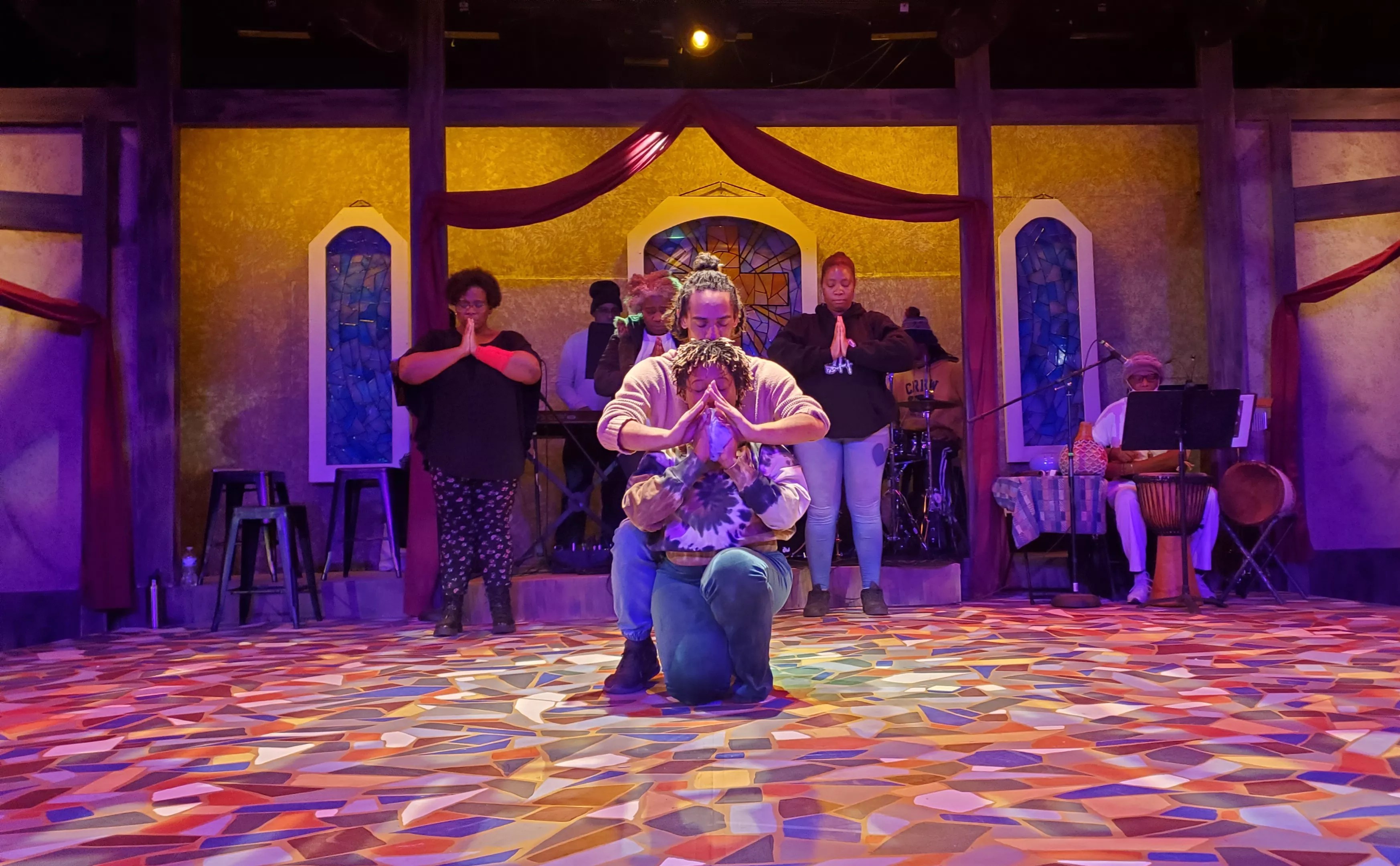
The cancellation of Black Nativity underscores the challenges of balancing artistic vision with the harsh realities of producing theater.
Cat Grimm
Drama in the Theater Community
The theater community has had a tough time coming out of the pandemic, with COVID still causing production delays. But theaters have found creative ways to engage their audiences, whether by adding swanky little bars or focusing on their theatrical offerings; many, including Miners Alley, Wheat Ridge Theatre Company and Firehouse, told us that ticket sales were up this year. And Miners Alley did so well that it moved into the nearby 30,000-square-foot Meyer Hardware Store that it acquired in 2021, now a performing arts center for the city of Golden.
The year wasn’t without its trials for some companies, however. PopUp Theatre disbanded in June, not long after moving to the People’s Building in Aurora from Fort Collins, where artistic director Christopher Huelshorst founded it in 2015. Huelshorst didn’t pay his cast or stage manager for the March production of Corpus Christi, nor did he pay the People’s Building its contracted 80/20 box office split. Then, in December, Vintage Theatre canceled its entire run of Langston Hughes’s Black Nativity, which it had hoped would be the beginning of an annual holiday tradition, because of behind-the-scenes tension. The theater – which had also told us its sales were up back in September – estimated it would lose $40,000 as a result of that decision.

Liz Cohen’s “Lowrider Builder and Child.”
Denver Art Museum
Blockbuster Art Shows
Denver residents were lucky to witness many incredible art shows in the city this year, but a few stood out. The Museum of Contemporary Art examined Wild West iconography with Cowboy, using a diverse array of works that looked at the purely American cowboy with a critical eye (and there’s still time to see it: The exhibit is open through February 24). The Denver Art Museum also looked at another iconic Western cultural movement, but more centered on the here and now, with Desert Rider: Dreaming in Motion. The exhibition, which closed in September, showcased lowrider culture through an array of Southwestern artists, including Coloradans Carlos Frésquez, Juan Fuentes, Tony Ortega, Daniel Salazar and Santiago Jaramillo.
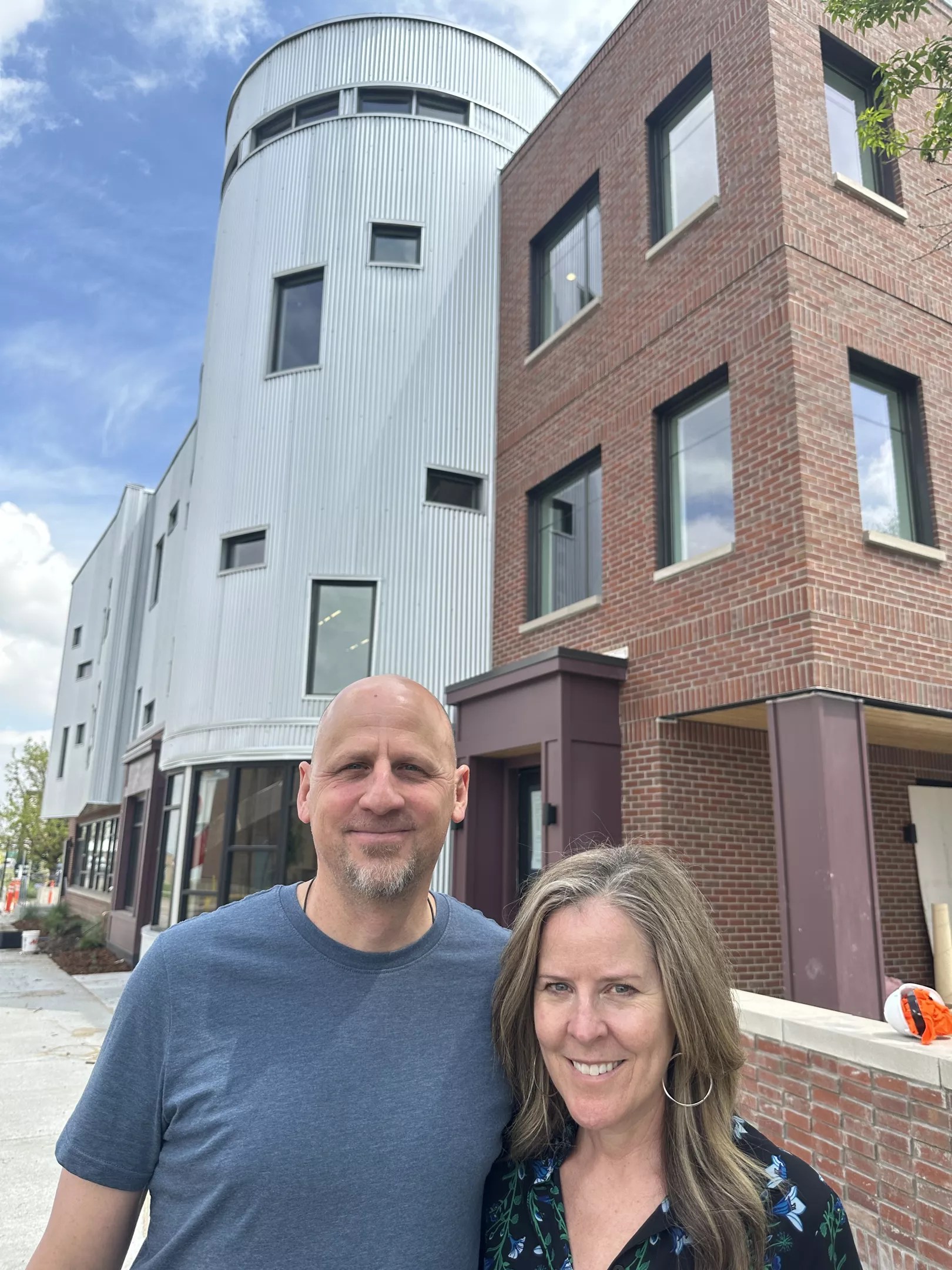
Michael Henry and Andrea Dupree in front of the new Lighthouse facility at 39th Avenue and York Street.
Teague Bohlen
Lighthouse Writers Workshop Has a New Home
Lighthouse Writers Workshop moved into brand-new, expansive digs in June, proving this city has the write stuff. Michael Henry and Andrea Dupree founded the literary nonprofit in the early ’90s in Boston before moving to Denver and registering Lighthouse as a business with the state in 1997. It started in an office loft on Arapahoe Street, then doubled in membership year after year, changing locations six times until the board decided to take on the challenge of building an $8 million headquarters in a rapidly reviving part of town. The gamble paid off, and Lighthouse continues to lead the way for those pursuing literary careers (or who simply love literature) with workshops and events throughout the year. Let there be lit!